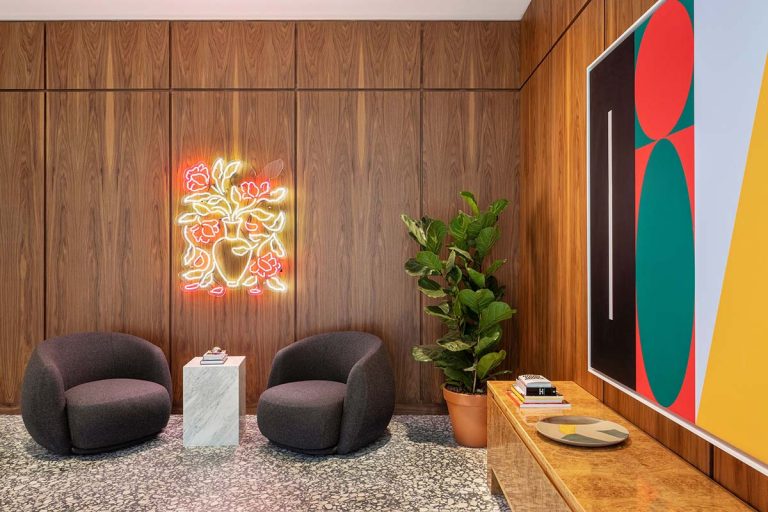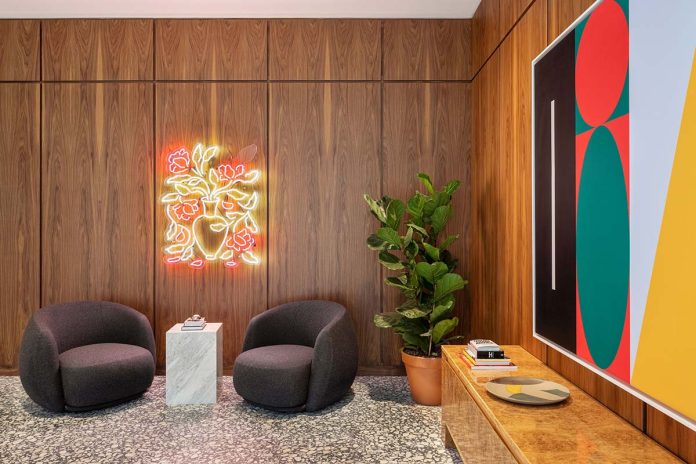
the Offices Yesterday no longer exists. This observation is obvious to anyone who has recently crossed the threshold of any workplace. Open spaces rooms with windows instead of separate, closed rooms; Equal workstations Shared by everyone Instead of personal offices containing family photos. The increasing fluidity between in-office and out-of-office work means that professional studios and corporate offices are increasingly similar Joint work Spaces.
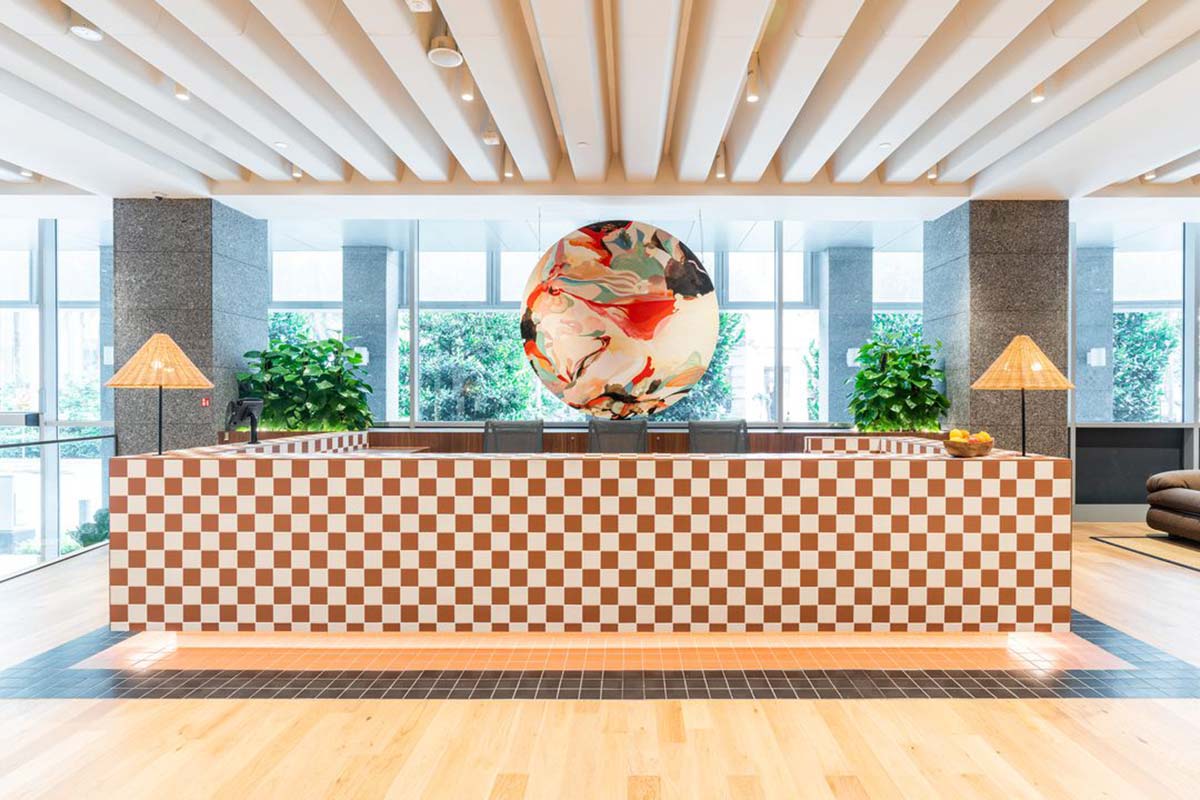
According to the first Global office trends report From the world's leading provider of flexible workspace, WeworkThe concept of “office” itself has evolved significantly in recent times, partly due to… Generational shift and the (new) expectations of younger workers. More popular, for example, are Rest spaces With colleagues and relaxation, which is necessary to create a more dynamic and informal atmosphere at work (Common areas And Lounges They now account for 19.3% of new offices, compared to 12% before the pandemic). Additionally, offices today are less densely populated than in pre-pandemic times.
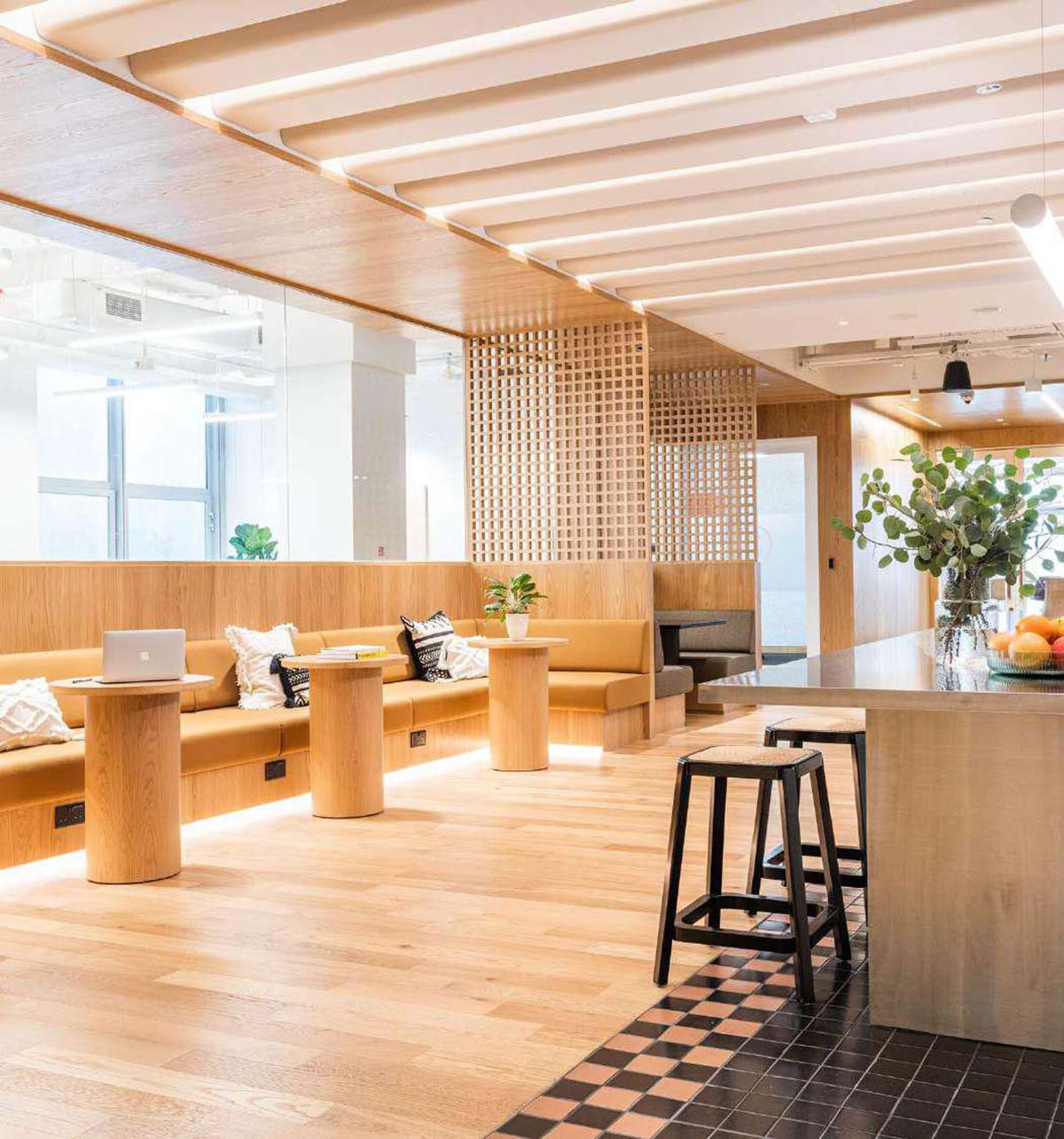
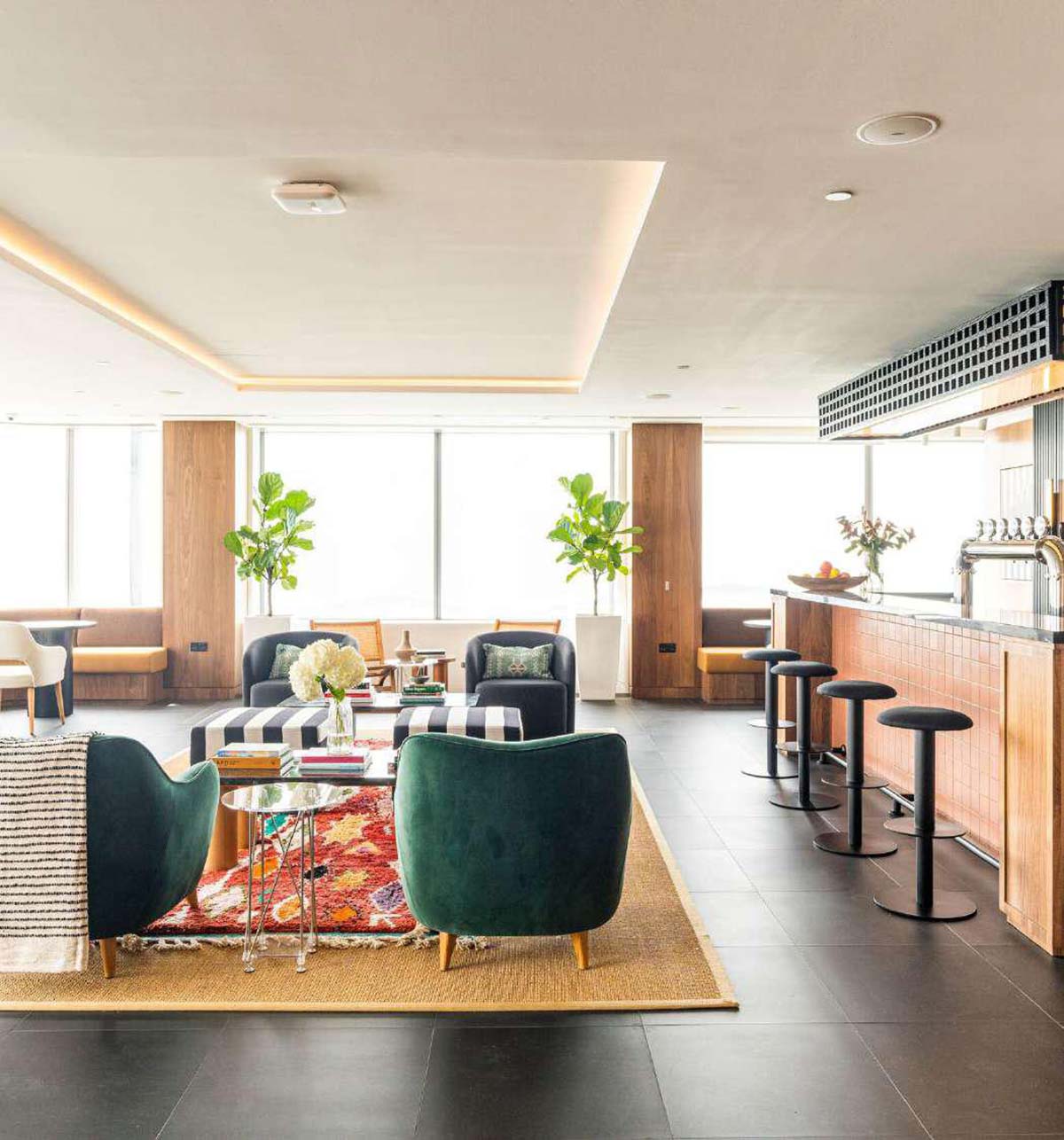
Commenting on the report’s findings, WeWork’s Head of Global Design said: Ebi Whiscarver“Employees want to reimagine the office so that collaboration and social interaction are not possible at home, while more and more business leaders are demanding spaces that support company culture and productivity,” he says. “As needs and expectations continue to evolve, the ‘dynamic’ office is a solid bet for business leaders looking to secure The future of their workplace strategies.”
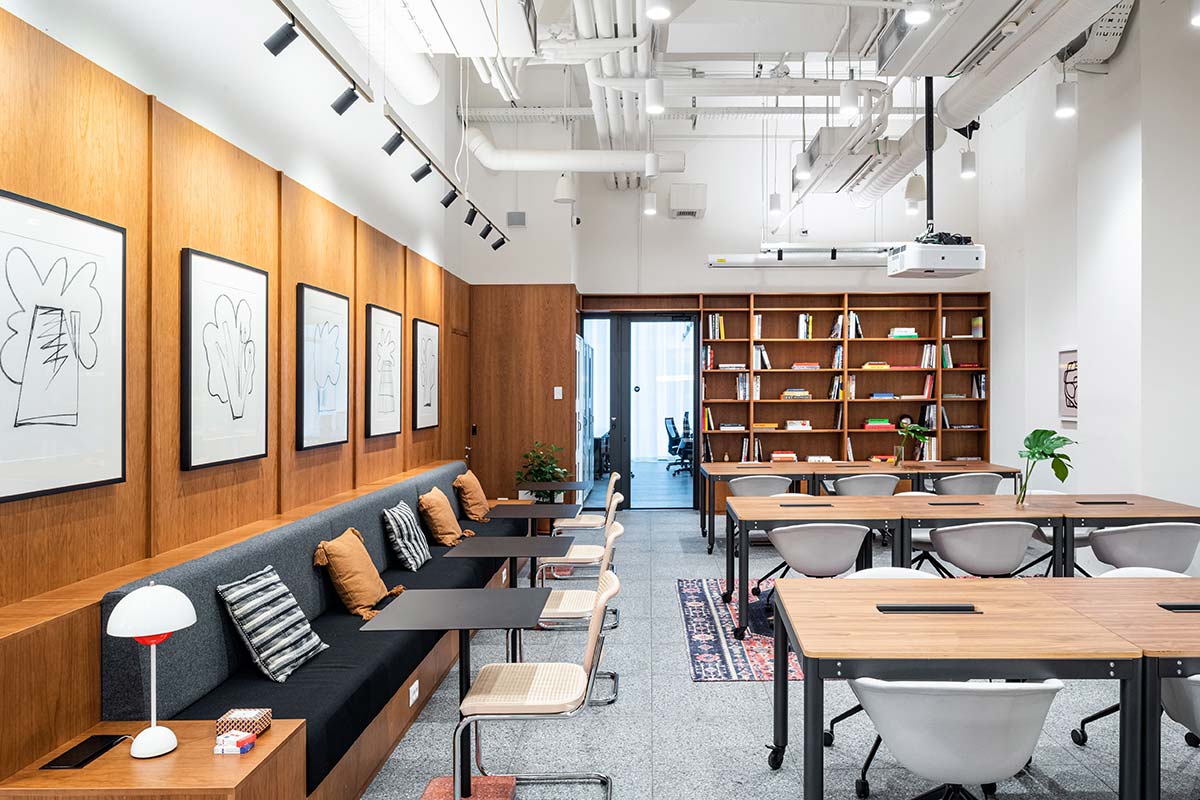
But what does this mean in terms of organizing space and furniture? First, with the need to create spaces that can be Reshaped And change them for different purposes, thanks to modular furniture and standardized lighting grids that allow companies to change their work spaces easily and at low cost. these 'Unconventional' Workspaces are the new commodity sought after by business leaders who want to prioritize spaces that help increase productivity and company culture, the WeWork report says. Speaking of bosses, between 2018 and 2022, you mentioned WeWork 80 percent decrease In applications for executive office space.

Ergonomic furniture is also on the rise, with 76 percent of businesses requesting it Height adjustable desks80 percent choose the office Larger than standardand more are also looking to be added Design elements To enhance their brand and support their corporate culture, focusing on the new purpose of the office: cooperation, Social interaction And communication.

